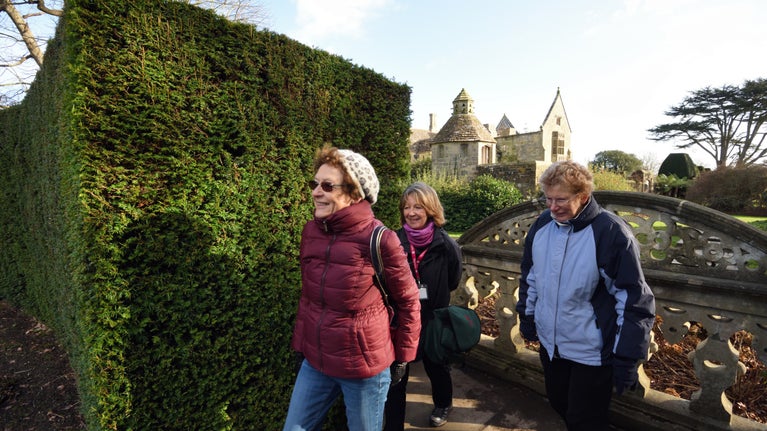
Where will you visit next?
Discover lots of gardens, historic houses, days out at the coast and more.
From thriving wetlands to sprawling estates, intimate spaces and modernist masterpieces, London has it all if you know where to look.
A unique 17th-century treasure trove

A Georgian country estate in west London
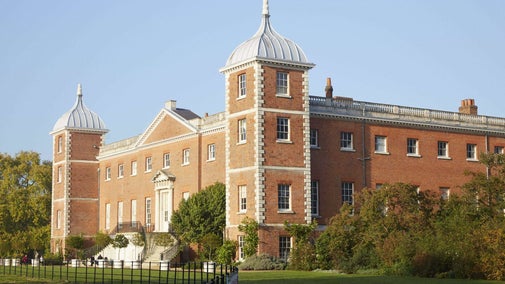
A green oasis in the city at the heart of the community.

The birthplace of the Magna Carta. History, art and nature on the banks of the River Thames.

An elegant Georgian House with a diverse history, peaceful garden and changing exhibitions to explore.
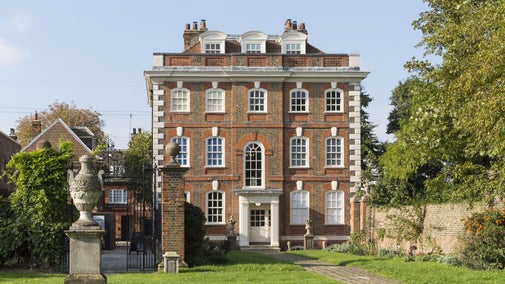
A fascinating Tudor house at the heart of a vibrant community

Enjoy the sparkle of Christmas across London with family activity trails, frosty walks around historic estates and seasonal treats this Christmas.
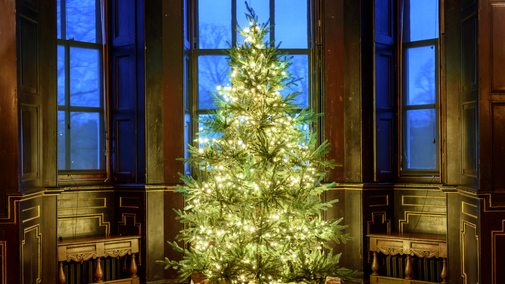
Wednesday 22 October 2025 to Sunday 4 January 2026. Come and see Osterley House transformed with marigolds, a celebratory flower used to adorn doorways and holiday tables for Diwali, the five-day Festival of Lights. The Entrance Hall will be decorated with a rangoli, co-created with community groups, which mirrors architect Robert Adam's floor design, and projected light will bring the space to life. Plus, there’ll be events and performances for everyone to enjoy.

31 Jan – 3 Mar 2026: Join us for one of nature’s greatest transformations as you become the world’s most famous caterpillar from Eric Carle’s best-selling book The Very Hungry Caterpillar™. Wiggle along the trail to spot juicy fruits and tasty snacks before emerging as a beautiful butterfly. Along the way you’ll digest fascinating facts and enjoy games and activities in our stunning gardens. Feast your eyes, feed your mind and spread your wings with us at Osterley Park and House.

The National Trust in London aims to support a fairer London by addressing unequal access to nature, beauty and history where people live. We’re doing this by improving existing green space, protecting cherished local heritage sites and supporting people to participate with green space and heritage on their own terms. Find out more about our projects across London here.
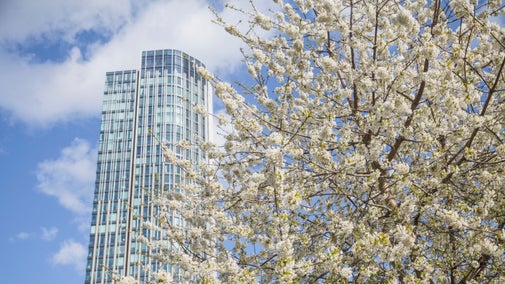
Go behind the scenes and follows our teams at work. Discover more about some of our treasured objects. Ham House’s 17th century Dolphin chairs are given the full conservation treatment at the Royal Oak Foundation Conservation Studio at Knole. Whilst at 2 Willow Road, a kinetic artwork by Argentinian artist Hugo Demarco is given a new lease of life (pictured). Plus, a newly acquired letter at Carlyle’s House reveals a surprising connection to Charlotte Bronte.
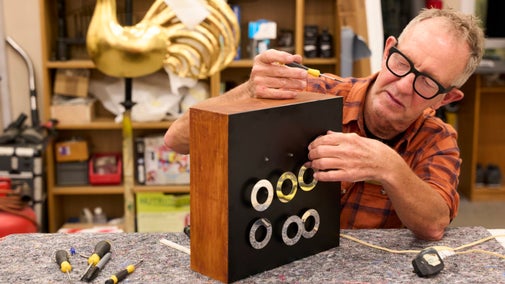
There are a number of sustainable travel options for travelling to and from the places in our care in London, whether you're looking to travel by train, tube, bus, bike or foot.

Find a local supporter group in London to meet like-minded people and enjoy activities including visits and talks and help with hands-on conservation or fundraising events.

Enjoy the festive season at Ham House and Garden, 29 November 2025 to 4 January 2026. Discover star-themed decorations, inspired by a globe in our collection. Plus, family-friendly activities, Christmas shopping and seasonal treats in our café.
Can you crack the clues and find Father Christmas’s reindeer hiding around Morden Hall Park? £2 per trail.
Osterley Park’s Creative Community Art Project has been designed to deepen connections with its surrounding communities and improve access to Osterley’s green spaces and heritage.
The Marigold Festival will run from Diwali, the five day festival of light, and continue through to Christmas. Osterley will be transformed with marigolds, a celebratory flower in South Asia and across the world that will adorn the property.
Our Park Explorers group is for children aged 2-5 years old and their parents/carers. Together we learn about the natural world around us, with a different outdoor theme each week.
Discover a wealth of bird life at Morden Hall Park this January. Drop in to meet expert volunteers and help us identify the feathered friends that call this urban oasis home.
Join us for a lively orchard celebration filled with music, song and blessing. Make your own wassail headdress, enjoy live fiddle and accordion, sip warm spiced cider and watch the Black Swan Border Morris dance at 3pm for the orchard’s good health.
Become the world’s most famous caterpillar, from Eric Carle’s best-selling book The Very Hungry Caterpillar™ Wiggle along the trail in Osterley's garden, spot the fruits and snacks hidden around the garden before emerging as a beautiful butterfly.

Discover lots of gardens, historic houses, days out at the coast and more.